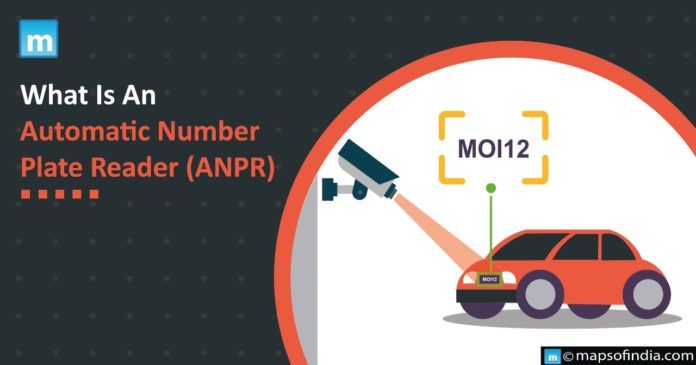What is an Automatic Number Plate Reader (ANPR)?
The Road Transport and Highways Ministry plans to replace toll plazas with cameras that can read number plates. Those cameras which can read number plates are known as “Automatic Number Plate Reader (ANPR)” cameras. The main objective of setting up these cameras is to reduce the time people spend on toll plazas. 97% of the tolling happens through the fastrack, but people at the toll plazas still feel the congestion.
How will the Automatic Number Plate Reader (ANPR) work?
All the toll plazas will be removed from the national highways. Instead of toll plazas, Automatic Number Plate Readers (ANPR) will be installed. The Automatic Number Plate Reader (ANPR) will read the number plate of the person and deduct the toll amount from the vehicle owner’s linked bank account.
The entry and exit points will have cameras to capture the photo, and an Automatic Number Plate Reader (ANPR) will read the vehicle number plate. The last and final stage will be to deduct the amount of toll.
Is the Automatic Number Plate Reader (ANPR) efficient?
The camera will only read the number plates of those vehicles that came after 2019 and are registered by the cameras. The camera can currently read not all the number plates in India. The government of India, in 2019, came up with the idea of requiring passenger vehicles to have company-fitted number plates.
The camera will read only these company-fitted number plates. The Indian government introduced a scheme to replace the old number plates with company-fitted number plates so that the camera can read the number properly. Under the scheme, a legal amendment gives the government of India the right to penalise the vehicle owner who tries to skip the toll plazas without paying.
The current model for toll collection
The current toll collection model is through FASTags, where 97% of the toll collection of nearly 40 thousand rupees happens through FASTags. The remaining 3% of the population does not use FASTags. They pay more than the normal toll for not using FASTags.
- Time spent
The FASTags take only about 47 seconds per vehicle to cross the toll plaza, and on average, more than 260 vehicles can be processed with electronic toll collection. On the other hand, the manual toll collection lane takes only 112 vehicles in an hour.
- Traffic at toll plazas
The current method of collecting tolls attracts traffic at the plazas, which creates congestion at the gates that need to be crossed after authentication. The people must halt at the gate barriers for authentication, which takes time.
- Internet connectivity
The internet connectivity problems at the remote fee plazas, the wear and tear of Radio Frequency Identification (RFI) readers and tags, and the improper fixation of FASTags by users create issues at the toll plazas.
Loopholes in Automatic Number Plate Reader (ANPR) cameras
- Difficulty in reading
Automatic Number Plate Reader (ANPR) cameras find it challenging to read when the number plate exceeds the 9-digit registration number, such as the name of Gods, the name of children, the Government of India, or the Government of Delhi on the vehicle.
- Number plate on trucks
Most of the times, the number plate on trucks are hidden or soiled, which creates issues in reading the number plate correctly.
- No provision for punishment
Under the new Automatic Number Plate Reader (ANPR), there is no provision to penalise vehicle owners who try to skip the toll plaza without paying.




